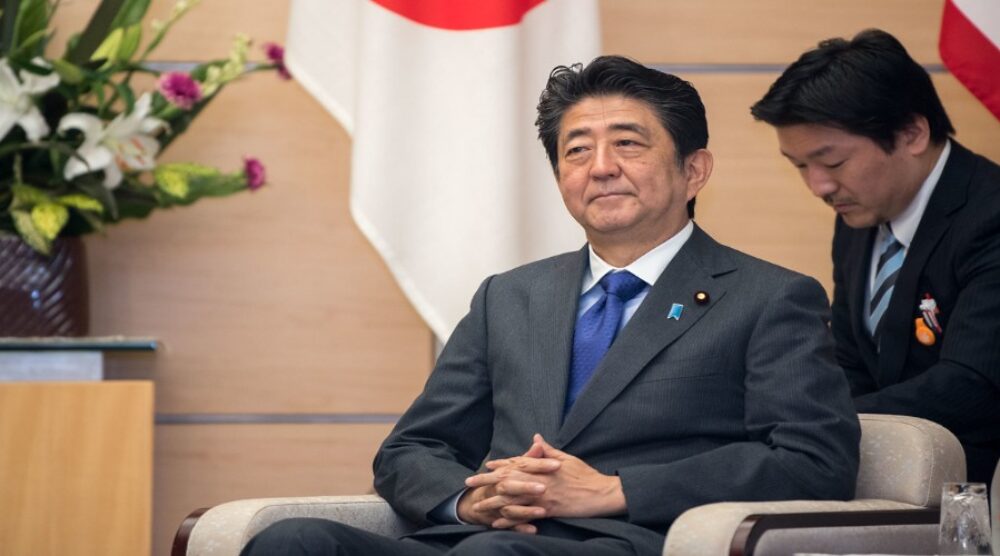When Prime Minister Shinzo Abe’s term ends in late 2021, it will be almost nine years since voters returned his Liberal Democratic Party to government in Japan’s 2012 general election. Abe promised to rescue Japan from its lost decades of low growth and deflation, improve crisis management, and strengthen Japan’s influence in world and regional affairs by making it a ‘proactive’ contributor to international peace and security. Japan, according to Abe, ‘was back’.
But given the already precarious state of Japan’s economy prior to the coronavirus crisis, and the government’s muddled managing of Covid-19’s impacts on public health and the economy, it’s likely that voters will mark the administration down to a ‘fail’ on two policies they most care about.
Abe is on relatively strong ground with his foreign policy approach, but his government’s shortcomings on the economy and crisis management fronts may ultimately threaten his vision of a more proactive Japan. That would be bad news not only for Japan, but also for Australia and the region.
According to the Abenomics faithful, Abe’s three arrows, launched back in 2013, are still in flight. GDP and inflation growth are often highlighted as evidence that arrows one (quantitative easing and asset buying) and two (massive spending) haven’t yet disappeared into the undergrowth. By 2019, however, many observers were becoming increasingly doubtful about where Abe’s arrows were actually headed.
Please click here to read the full “Abe’s domestic failings may cost Japan—and the region—dearly?” article published at The Strategist, written by Griffith Asia Institute adjunct researcher, Professor Michael Heazle








